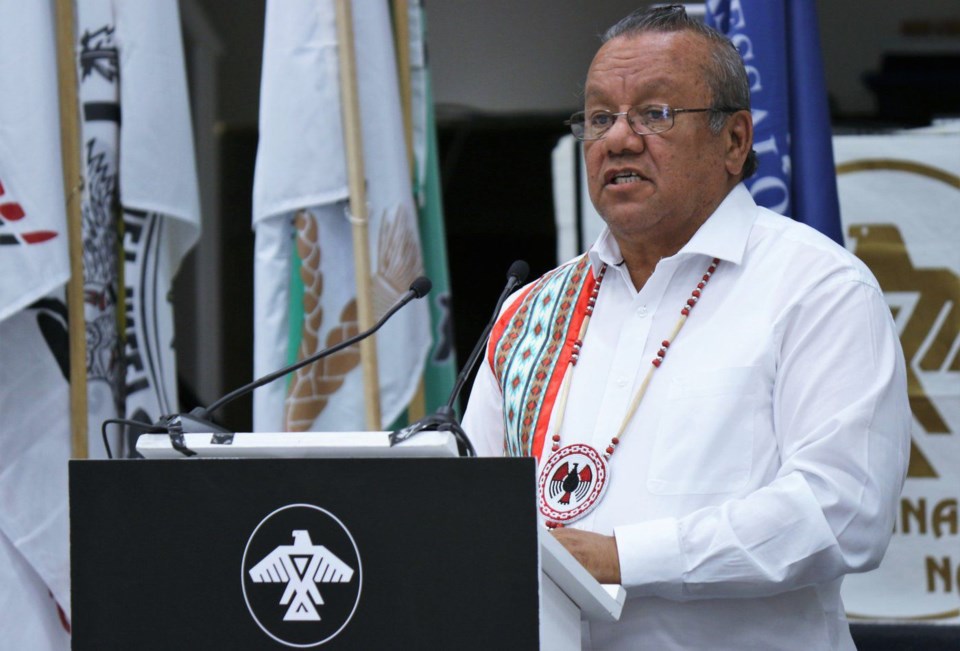THUNDER BAY - First Nations children under 10 are 86 times more likely to die in a fire than their non-First Nation counterparts according to a report released this week by the Ontario Chief Coroner.
The report also detailed communities with no year-round road access had the highest number of fatal fires and fire fatalities and called for an increase in fire-safety awareness and education, a standardized model across Nishnawbe Aski Nation and assurances the infrastructure and housing are acceptably built to code.
“This report by the chief coroner confirms what our leaders have been saying for years. Far too many innocent lives have been lost in tragic house fires that may have been prevented if basic safety measures were in place, and if homes were constructed to provincial standards,” said NAN Grand Chief Alvin Fiddler.
“Everyone should be able to go to bed and expect to see their families in the morning, and it is unacceptable that our children are at such high risk. We have identified priorities and will look to our provincial and federal Treaty partners to support the work that must be done to improve fire safety and prevention.”
Following the report, Fiddler and Ontario Regional Chief Glen Hare laid out the key priorities to First Nation’s fire safety and prevention.
"If we can build a pipeline to carry oil from Alberta to Ontario, we must prioritize building waterlines into our First Nations communities. I encourage our provincial and federal partners to work collaboratively alongside First Nations leadership toward identifying solutions and improving community safety and well-being,” Hare said.
The Ontario Chief Coroner’s Table to Understanding Fire Deaths in First Nations was formed in 2017 when NAN chiefs and advocacy groups called for an investigation into a series of tragic house fires.
In addition, a working group of technical experts and an advisory group made up of NAN community elders and knowledge keepers were formed to assist in identifying the key areas needed to improve fire safety in First Nation communities.
